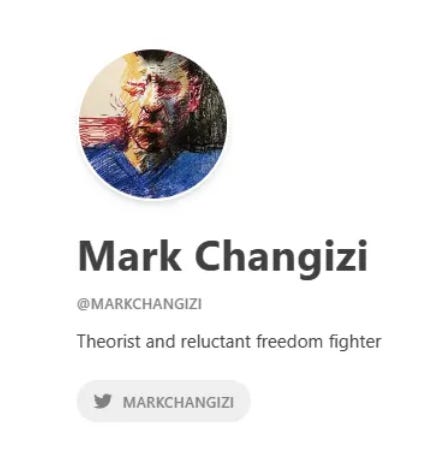A conversation with Mark Changizi
We discuss whether evidence supports premeditated collusion or are result of the emergent behaviour inherent in complex social systems.
"Martin Neil and I had a discussion about the role of collective hysteria on the origins of the Covid debacle. "
After picking up on one of our posts about the effect of quarantines on flu detection Mark Changizi posted a very interesting piece giving his thoughts on the issue:
My impression is that Mark saw the CDC’s rules on flu testing as biased and yet another example of social systems operating with self-confirming feedback loops that reinforce and reward cons…
Subscribe to Where are the numbers? by Norman Fenton and Martin Neil to continue reading
Visit the author’s Substack to subscribe and read more.





